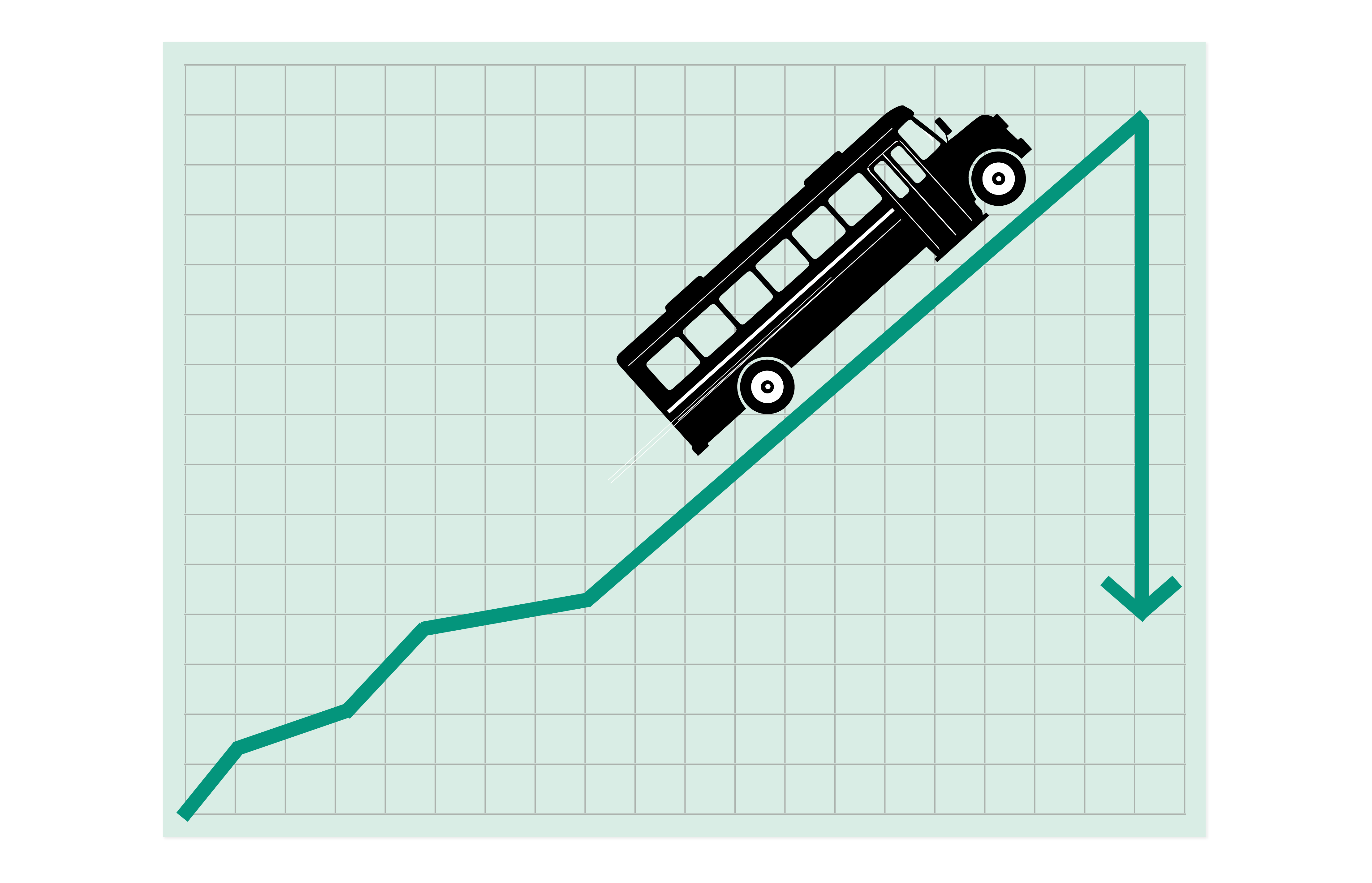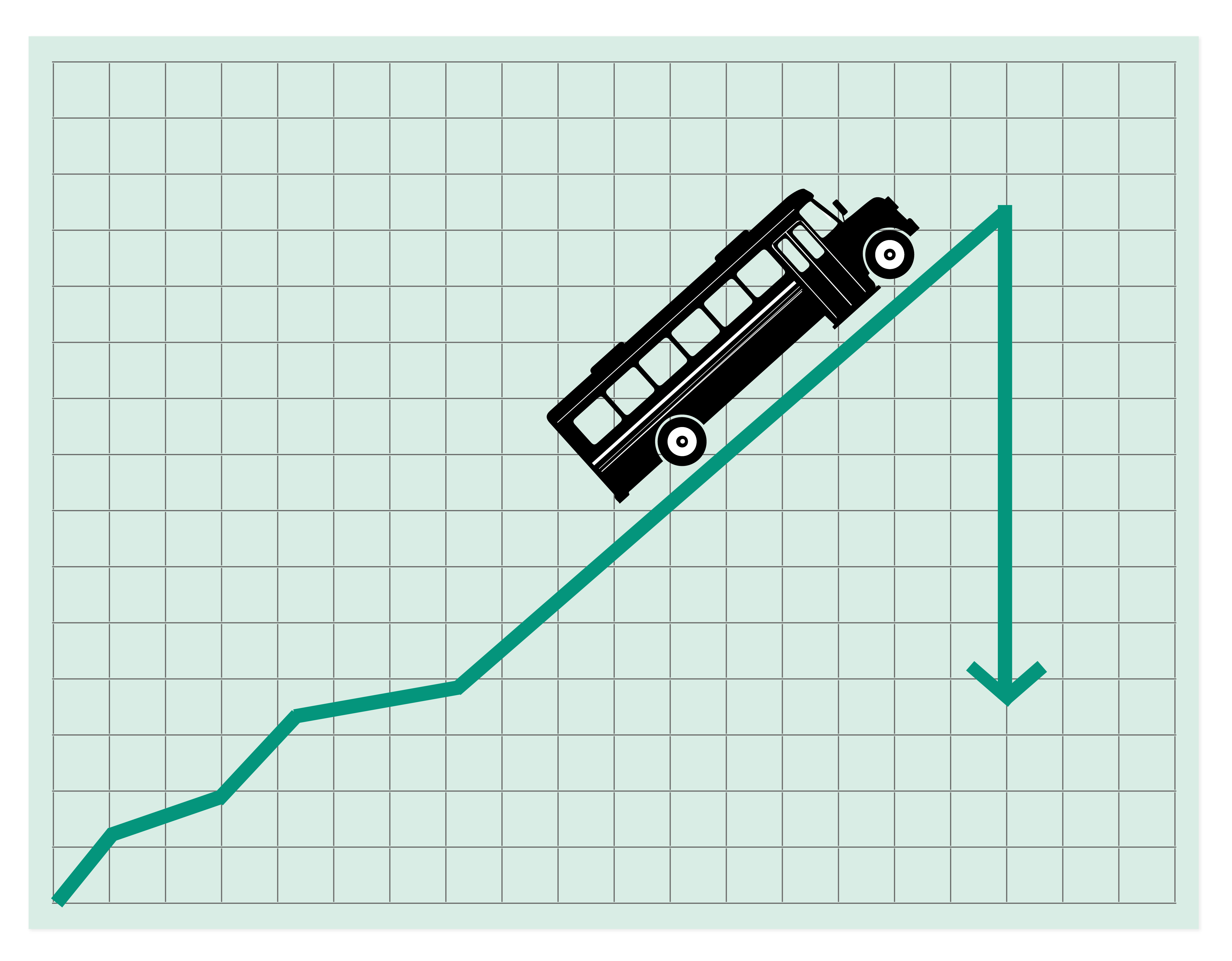As public school districts face the impending expiration of federal K-12 emergency funds in 2024, it is crucial to explore alternative funding sources to maintain and enhance educational opportunities for students. Two promising avenues are the utilization of Title IV, Part A (Title IV-A) funds from the Student Support and Academic Enrichment (SSAE) program and Title II funds for supporting effective instruction. By strategically allocating these funds, school districts can invest in innovative solutions like pi-top to promote equitable student participation in computer science education and provide teachers with the necessary professional development.
 The Looming Funding Challenges
The Looming Funding Challenges
The final round of Elementary and Secondary School Emergency Relief (ESSER) funds, which have provided significant support to schools during the pandemic, is set to end in September 2024. Many states have already spent a substantial portion of their ESSER III funds, with some districts at risk of not utilizing the remaining funds before the deadline. This impending fiscal cliff, coupled with factors such as state tax cuts, the diversion of resources to school voucher programs, inadequate funding formulas, elevated costs, and an uncertain revenue outlook, poses significant challenges for public school districts.
Title IV-A Funds: A Lifeline for Equitable Computer Science Education:
Amidst these funding constraints, Title IV-A funds emerge as a valuable resource for advancing equitable computer science education. The SSAE program aims to improve students' academic achievement by providing access to a well-rounded education, improving school conditions for student learning, and enhancing the effective use of technology. School districts can leverage Title IV-A funds to purchase pi-top, an innovative solution that combines hardware, software, and curriculum to engage students in hands-on computer science and robotics learning experiences.
Aligning Pi-top with Title IV-A Priorities
pi-top aligns perfectly with the three priority content areas outlined in the Title IV-A statute: Well-Rounded Education (WRE), Safe and Healthy Schools (SHS), and Effective Use of Technology (EUT). By incorporating Pi-top into the curriculum, school districts can:
1. Promote WRE by integrating computer science and STEM education, fostering critical thinking, problem-solving, and creativity.
2. Contribute to SHS by engaging students in collaborative, project-based learning, which can improve school conditions and student well-being.
3. Enhance EUT by providing students with access to cutting-edge technology and developing their digital literacy skills.
Maximizing the Impact of Title IV-A Funds
To ensure the most effective use of Title IV-A funds, school districts should conduct a comprehensive needs assessment and allocate funds strategically across the three program areas. By investing in pi-top, districts can meet the minimum spending requirements for WRE and EUT while providing students with a transformative learning experience. Additionally, districts can explore partnerships with institutions of higher education, businesses, and community organizations to further support the implementation of Pi-top and expand educational opportunities for students.
Advancing Equity through Pi-top
One of the key benefits of utilizing Title IV-A funds for pi-top is the potential to bridge the digital divide and promote equity in computer science education. By providing access to high-quality technology and curriculum, school districts can ensure that all students, regardless of their background or socioeconomic status, have the opportunity to develop crucial skills in coding, robotics, and problem-solving. This is particularly important in low-income districts and underserved communities, where exposure to computer science education may be limited.
 Leveraging Title II Funds for Teacher Professional Development:
Leveraging Title II Funds for Teacher Professional Development:
To fully capitalize on the benefits of pi-top, school districts should also invest in comprehensive professional development for teachers. This is where Title II funds, also known as the Supporting Effective Instruction Grants program, come into play. Title II funds can be used to provide training and resources to support teachers in their professional growth, enabling them to effectively integrate pi-top into their classrooms and adapt to the evolving technological landscape.
pi-top offers a range of professional development opportunities, including training on hardware, software, and curriculum, as well as ongoing support to address any technical or instructional challenges. By utilizing Title II funds for teacher professional development, school districts can ensure that educators are well-equipped to deliver high-quality computer science education using pi-top, maximizing the impact of the investment made through Title IV-A funds.
2024
The Year Ahead
As public school districts navigate the impending funding challenges in 2024, a combination of Title IV-A and Title II funds presents a powerful opportunity to sustain and enhance equitable computer science education. By strategically investing in innovative solutions like pi-top and providing comprehensive professional development for teachers, districts can create a supportive environment for students to develop digital literacy skills and prepare for success in the 21st century.
Through the effective use of Title IV-A and Title II funds and the implementation of pi-top, school districts can foster a more inclusive and equitable educational landscape, ensuring that all students have access to the tools and knowledge they need to thrive in an increasingly digital world. Moreover, by empowering teachers with the necessary skills and support, districts can create a sustainable framework for delivering high-quality computer science education, even in the face of funding constraints. By embracing innovative solutions and investing in both student and teacher development, public school districts can pave the way for a brighter, more equitable future in education.
